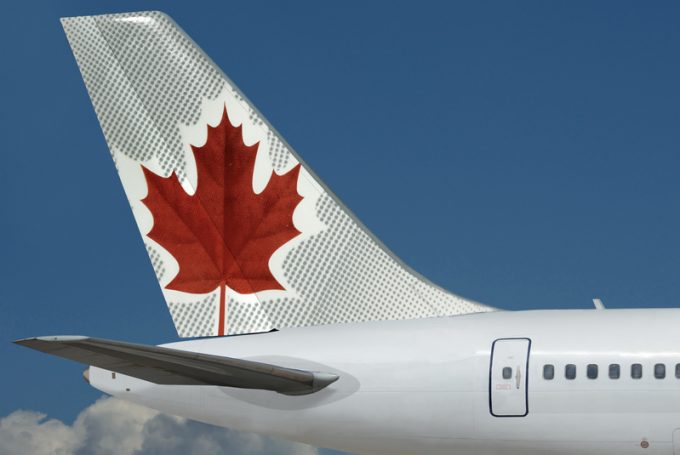DHL Global Forwarding misses profit expectations, despite strong Q4
DHL Global Forwarding this week revealed that last year’s performance by the division had been ...

Retreating yields are not putting a dent in Air Canada’s (AC) cargo flight operation.
The Canadian carrier is set to maintain about 100 cargo flights a week, although it is unlikely to repeat its historical feat of the second quarter, which saw cargo revenue outpace turnover in its passenger business.
Despite the drastic reduction in belly capacity AC’s cargo revenues increased 52% to C$269m (US$202m) – C$62m more than the airline’s passenger revenues in the period, which slumped 89% to C$207m.
It was ...
Volcanic disruption at Anchorage could hit transpacific airfreight operations
Macron calls for ‘suspension’ – CMA CGM's $20bn US investment in doubt
De minimis exemption on shipments from China to the US will end in May
Forwarders stay cool as US 'liberation day' tariffs threaten 'global trade war'
Trump tariffs see hundreds of cancelled container bookings a day from Asia
Mixed response in US to 'Liberation Day', while China leads wave of retaliation
Tariffs and de minimis set air freight rates on a volatile course

Comment on this article